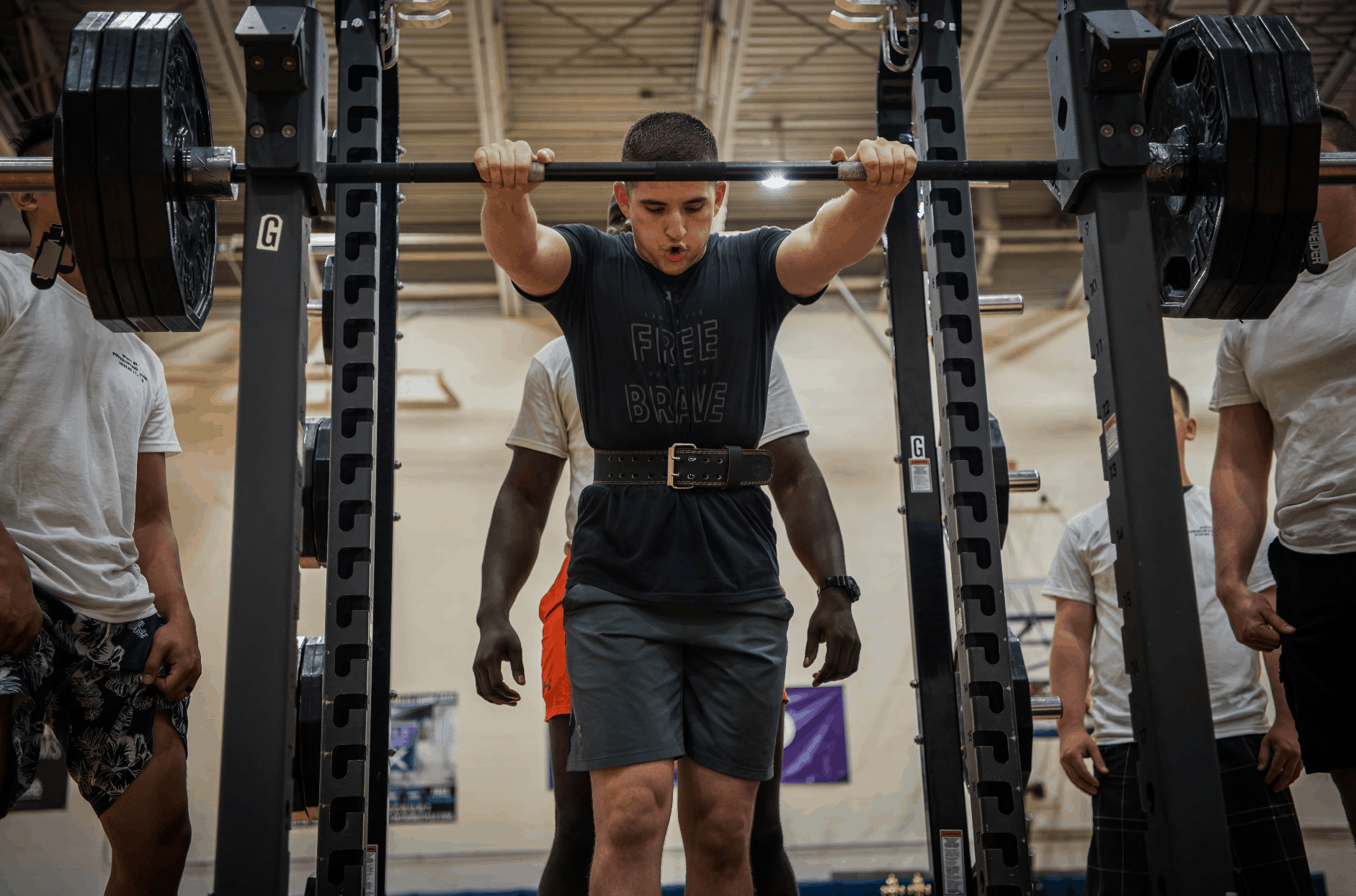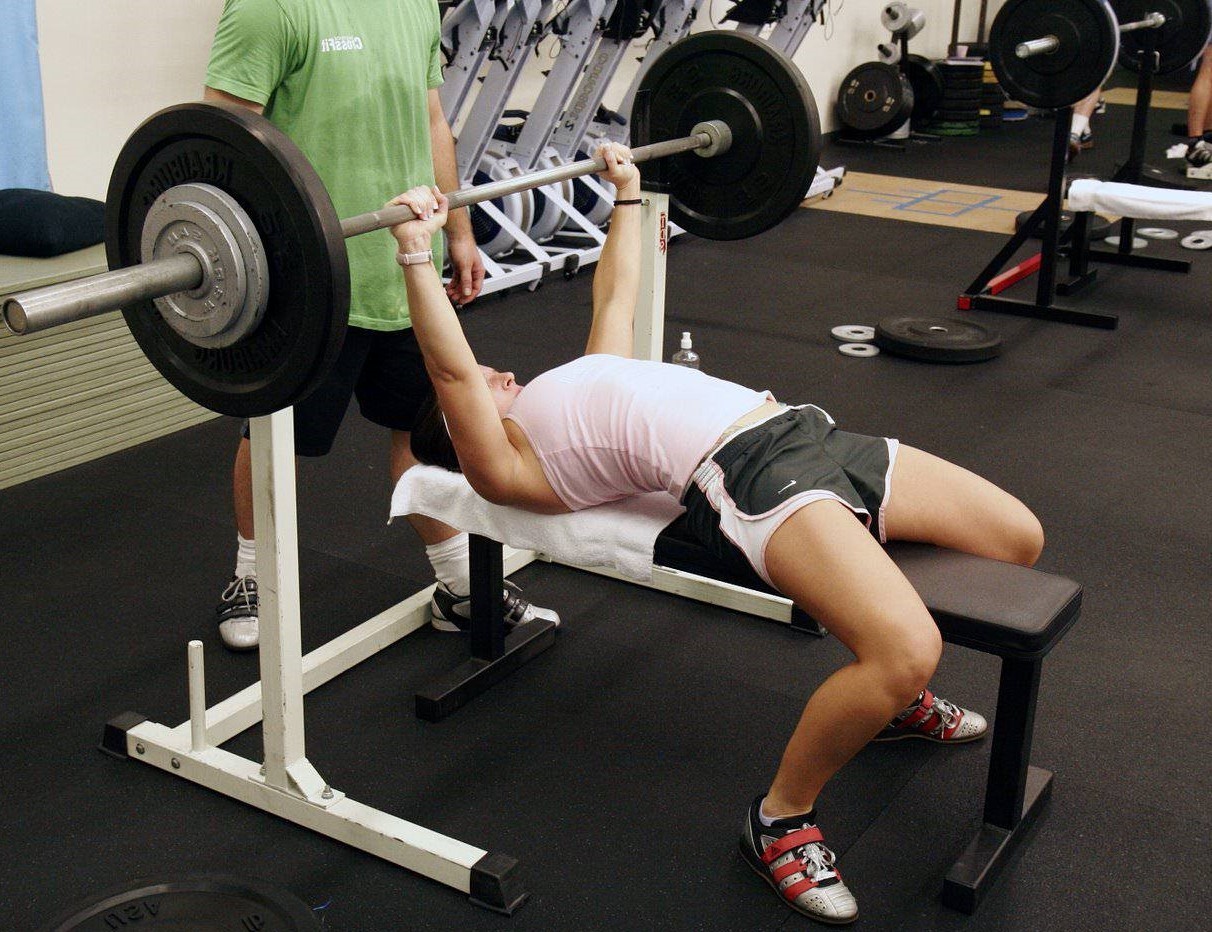If good programming is a lifter’s bread and butter, then Jim Wendler’s 5/3/1 is sourdough and grass-fed ghee. I wouldn’t say it’s the best program in the world, but that’s because a.) there is absolutely no such thing as the “best program in the world”, and b.) Jim Wendler’s 5/3/1 isn’t a program, to begin with, but a framework.
5/3/1 is like the scaffolding around what could be a beautiful building. You can use it to start building a program that suits you or use some of Wendler’s own tips and templates and training methodologies, but it’s really not something you’re just meant to pull off the Internet and run with, at least not without some prior thought (unless you’re a new lifter, in which case it’s a great place to start and you shouldn’t worry too much about it, just get to lifting and make some progress).
The philosophy behind 5/3/1 is encapsulated in many of Wendler’s books on the subject. Nothing replaces reading his most recent books on 5/3/1, aside from asking Wendler something yourself if you felt it wasn’t elaborated on or mentioned in his writing. I’ll go over the basics, and give you an idea of what a 5/3/1 program looks like.
What is 5/3/1?
In practice, 5/3/1 is a simple 3-day or 4-day framework/template program that has you cycling through the Bench Press, Squat, Deadlift, and Overhead Press, performing each lift at a set rep range for that day (warmups plus three working sets, to a top set of either 5 reps, 3 reps, or an AMRAP), then doing volume work on another lift, and finally hitting up accessories.
The program can be customized and added onto as one pleases, and while it misses some of the perks of other programs (it’s purely linear, there are no blocks unless you adjust the program to create your own, and there’s no daily undulating periodization), its simplicity means you can use as a base for your own first program. Some things to note:
- 5/3/1 refers to the rep ranges of each respective week within a three-week cycle.
- Week 1 has you working up to a 5-rep top set, followed by volume work on the same lift or a different one (there are many different versions you can use here), and then some accessory work. Week 1 usually has three working sets at 5 reps each (65%, 75%, 85%).
- Week 2 is the same, but you work up to a 3-rep set. Some people AMRAP (as many reps as possible) on this set. Others just take it cruise drive a heavier weight in anticipation for next week. Week 2 has three working sets at 3 reps each (70%, 80%, 90%).
- Week 3 is the heaviest week, where you work up to a 1-rep set and AMRAP it. Week 3 also has three working sets – a 5-rep set (75%), a 3-rep set (85%), and a 1-rep AMRAP (95%).
- All weights are based on a calculated Training Max, which is basically your 1-rep max minus about 10 percent. This means your starting weight on your first AMRAP is well over 10% below what it actually is, so it should feel like a weight you can rep out.
- You add 5/10lbs to each lift every three weeks. For longevity’s sake, some recommend that you go five steps forward, three steps back (progress for five cycles, then go back to the third cycle, and repeat).
- Wendler recommends that you go through two cycles before taking a deload (active recovery or a lighter week).
- There are plenty of ways to customize 5/3/1 to be more specific towards achieving certain goals. The two most common 5/3/1 templates are Boring But Big (add 5 sets of 10 reps after your 5/3/1 sets at 60%-70% of the TM) and First Set Last (do 5×5 of the first set in your 5/3/1 sets on a different exercise).
- Wendler recommends that you add any accessories you might need, but specifically encourages rows and pullups (5 sets of 10 every week), as well as dips, core work, and quad isolation.
- Other interesting variations include adding Joker sets after a top set as a form of auto-regulation to push yourself on good days (working up to 100%, 105%, and 110% of the training max) and swapping the first and second week, so the template reads 3/5/1 (this way you don’t do two heavy weeks back-to-back). Another variation is to keep the percentages but only do sets of 5 (even with 95% of the training max).
A Sample 5/3/1 Program
At the end of the day, a typical cycle of 5/3/1 Boring But Big would look something like this:
Week 1 (5, 5, 5)
| Monday | Tuesday | Thursday | Friday |
| Warmup | Warmup | Warmup | Warmup |
| Squat: 65% x 5 | Bench: 65% x 5 | Deadlift: 65% x 5 | OHP: 65% x 5 |
| Squat: 75% x 5 | Bench: 75% x 5 | Deadlift: 75% x 5 | OHP: 75% x 5 |
| Squat: 85% x 5 | Bench: 85% x 5 | Deadlift: 85% x 5 | OHP: 85% x 5 |
| Deadlift: 60% x 5 x 10 | OHP: 60% x 5 x 10 | Squat: 60% x 5 x 10 | Bench: 60% x 5 x 10 |
| Legs, Glutes, Core | Rows, Dips, Curls | Legs, Glutes, Core | Pull-Ups, Dips, Curls |
Week 2 (3, 3, 3+)
| Monday | Tuesday | Thursday | Friday |
| Warmup | Warmup | Warmup | Warmup |
| Squat: 70% x 3 | Bench: 70% x 3 | Deadlift: 70% x 3 | OHP: 70% x 3 |
| Squat: 80% x 3 | Bench: 80% x 3 | Deadlift: 80% x 3 | OHP: 80% x 3 |
| Squat: 90% x 3+ | Bench: 90% x 3+ | Deadlift: 90% x 3+ | OHP: 90% x 3+ |
| Deadlift: 60% x 5 x 10 | OHP: 60% x 5 x 10 | Squat: 60% x 5 x 10 | Bench: 60% x 5 x 10 |
| Legs, Glutes, Core | Rows, Dips, Curls | Legs, Glutes, Core | Pull-Ups, Dips, Curls |
Week 3 (5, 3, 1+)
| Monday | Tuesday | Thursday | Friday |
| Warmup | Warmup | Warmup | Warmup |
| Squat: 75% x 5 | Bench: 75% x 5 | Deadlift: 75% x 5 | OHP: 75% x 5 |
| Squat: 85% x 3 | Bench: 85% x 3 | Deadlift: 85% x 3 | OHP: 85% x 3 |
| Squat: 95% x 1+ | Bench: 95% x 1+ | Deadlift: 95% x 1+ | OHP: 95% x 1+ |
| Deadlift: 60% x 5 x 10 | OHP: 60% x 5 x 10 | Squat: 60% x 5 x 10 | Bench: 60% x 5 x 10 |
| Legs, Glutes, Core | Rows, Dips, Curls | Legs, Glutes, Core | Pull-Ups, Dips, Curls |
The only thing that stays consistent throughout the program is that you start your training day with three working sets and vary the intensity of your training every week (a moderate week, a heavy week, and a maximal week).
5/3/1 wasn’t built to be powerlifting-specific, but to be lifting-specific, as a tool for hobbyists, coaches, and athletes to build programs based on the information Wendler put out without specifically focusing on a bigger total, or working towards a meet. You can use 5/3/1 Boring But Big as great off-season work, for example, and add a bunch of bodybuilding accessories to the end of each workout.
I’ve run Boring But Big, 3/5/1, and my own variation of 5/3/1 in the past. If you know how to push yourself, select the right numbers and progression, and incorporate a way for yourself to auto-regulate (so you can eke out the bad days and take advantage of the good ones), and most importantly, if you know how to not cheat yourself on the accessories, then you’re in for a pretty good time.
However, with so much freedom, 5/3/1 can be a little intimidating to start with. I recommend you check out my primer on powerlifting programming and, most importantly, check out Wendler’s writing.
Want to lift heavier and avoid injuries? 💪🔥
Download our FREE '5-Minute Warm-Up Routine for Maximum Lifting Performance' and get primed for every workout!
Click below to grab your copy now!👇
👉 Download the Free Guide



